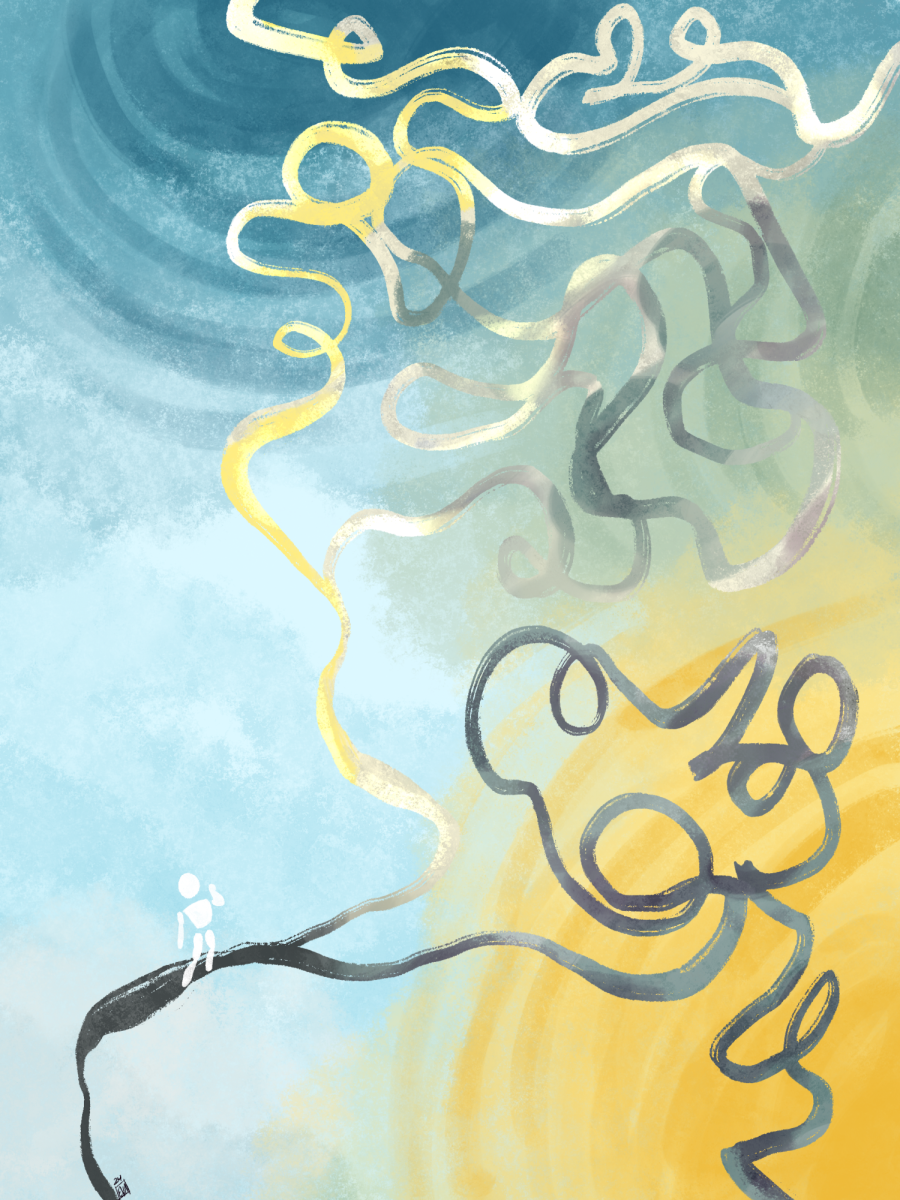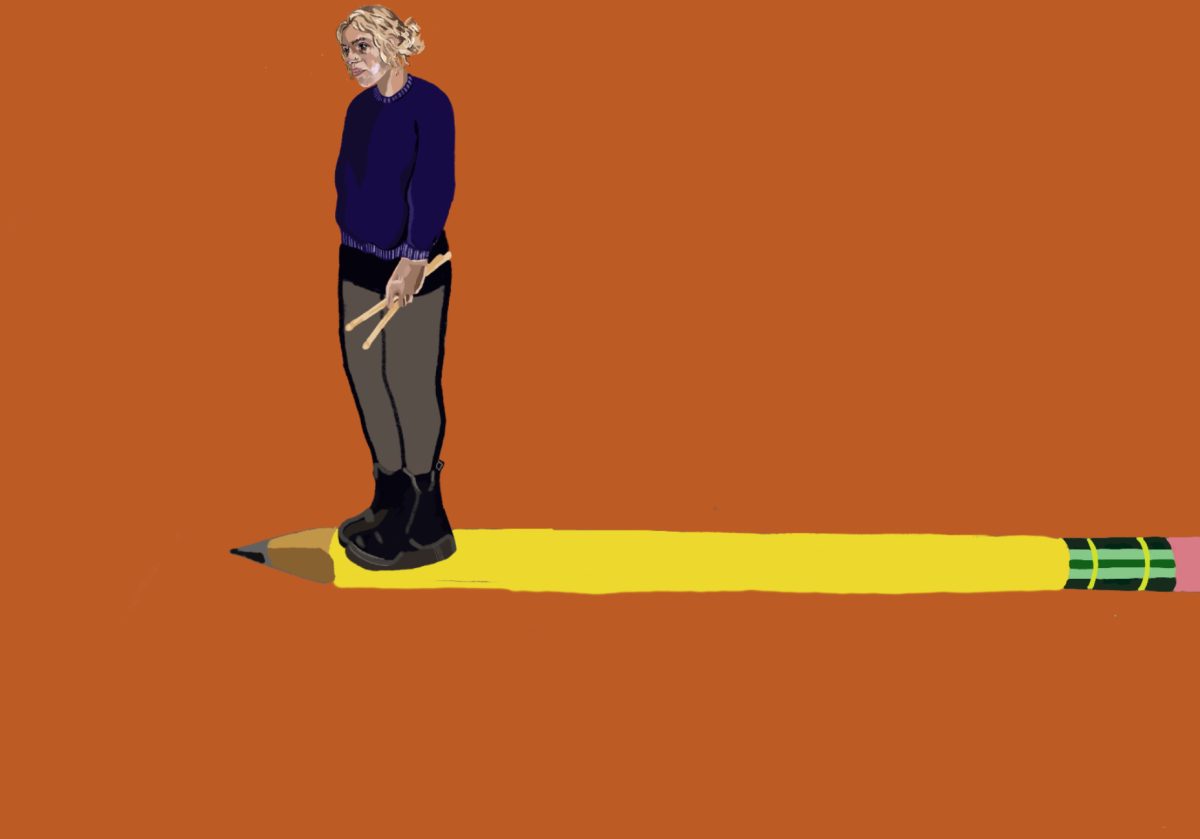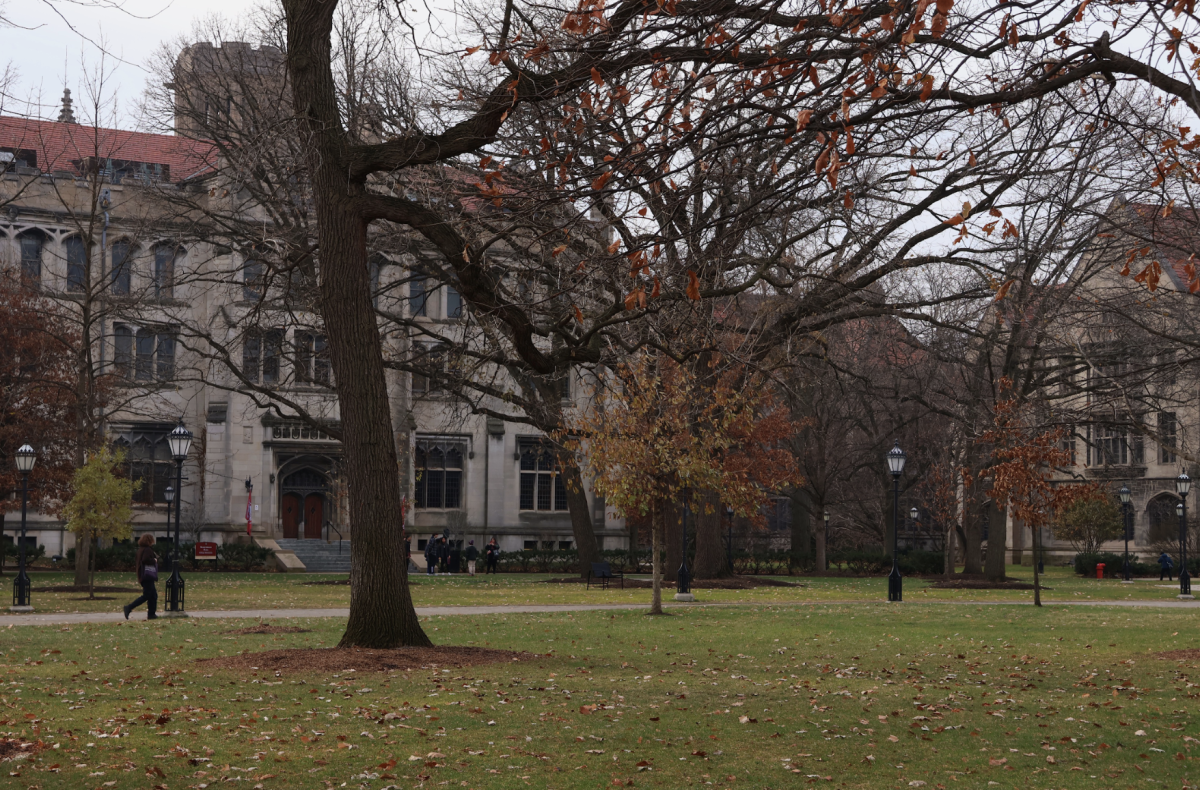For almost every great city, there is a great river. London has the Thames. Paris has the Seine. New York, the Hudson.
Chicago has an open sewer. Literally. Chicago is the only major city in the nation that continues to dump raw sewage into its waterways without disinfecting it first. It may look picturesque as it winds its way through the towers of the Loop, but anyone who has ever taken the time to stroll along the Riverwalk can see (and smell) that something is terribly wrong.
This is not a new problem. In 1900, in one of the most impressive feats of engineering in American history, the flow of the river was completely reversed. This drastic move saved the city. But don’t let the accomplishment overshadow the necessity from which it was born. Before that time, the river discharged its poisonous contents into Lake Michigan, fouling our drinking water. Cholera and typhoid fever ran rampant. After the reversal, the water was safe to drink but the river still festered, polluting the Des Plaines River and eventually the Mississippi.
The Clean Water Act, passed in 1972, set the noble goal of making all waterways in the United States safe for recreation within a decade by limiting the discharge of pollutants nationwide. Astoundingly, Chicago’s lovingly nicknamed “Stinking River” was declared exempt from the Act. Despite some laudable garbage removal done in the 1990s that improved the look of the waterway, the full force of federal law has never gotten behind a large-scale cleanup.
The absurd justification for this long-standing exception is that the Chicago River and its tributaries were so fetid and inaccessible that no one would ever dare swim, canoe, or kayak in them. When Illinois last overhauled its water quality standards (ludicrously, all the way back in 1985), this was objectively true; almost none of the land along the river was publically owned, so recreation in the river wasn’t even an option.
Since then, however, various branches of the local government have acquired long stretches of riverbank. The river is now lined with marinas, docks, boat launches, and sloping areas that meet the water’s edge. Despite the abysmal quality of the water and the expectations of past legislators, being near and even boating on the river has become a part of recreational life in Chicago.
Taking into account the health risks posed by the water to the increasing number of Chicagoans and tourists making use of the river, the federal government felt compelled, finally, to act. In May, the Environmental Protection Agency (EPA) ordered the Metropolitan Water Reclamation District (MWRD), which runs Chicago’s water and sewer systems, to comply with the Clean Water Act.
In an outrageous breach of its responsibility to protect public health, the MWRD has tried to fight back, launching a smear campaign more than a year ago when it became clear that the government was considering ordering a cleanup. Its officials have been quoted as saying that a clean river is more dangerous than one rife with bacteria because children will drown swimming in it. Obviously the city will have to make prudent decisions about what activities are allowed on the river. However, using the relatively slight dangers of the public enjoyment of public resources we are all legally entitled to as an argument against pollution control is nothing short of an insult to our collective intelligence.
The other claim the Reclamation District makes is that cleaning up the river will be too expensive. It has tried to scare Chicagoans by attaching a billion-dollar price tag to upgrades for sewer treatment plants and other needed improvements. Yet the EPA’s own study found the cost will be just a quarter of that, quoting the cost to area residents—who already pay some of the lowest taxes for sewage treatment in the nation—at most $7 a month for the next 20 years. The real cost will likely be much lower, because that number assumes a total lack of federal funding, which will almost certainly not be the case.
Both here in Hyde Park and across Chicago, we gladly enjoy the pristine lakefront that helps make this one of the most uniquely beautiful cities in the country. The miles of river cutting through its heart could be a “second lakefront,” granting a new window onto the water to landlocked neighborhoods. Imagine waterfowl nesting on the Cal-Sag Channel, currently a blight on the South Side, and North Side neighborhoods bustling with new riverside cafes and parks along the North Branch. Imagine kayaking in the downtown of a major city without fearing that falling in the water could land you in the hospital.
It sounds like an idealized vision, but other places have seen similar economic, environmental, and social benefits by cleaning up their waterways. A great city deserves a great river. It’s long past time we reclaimed ours.
David Kaner is a second-year in the College majoring in Law, Letters, and Society.








